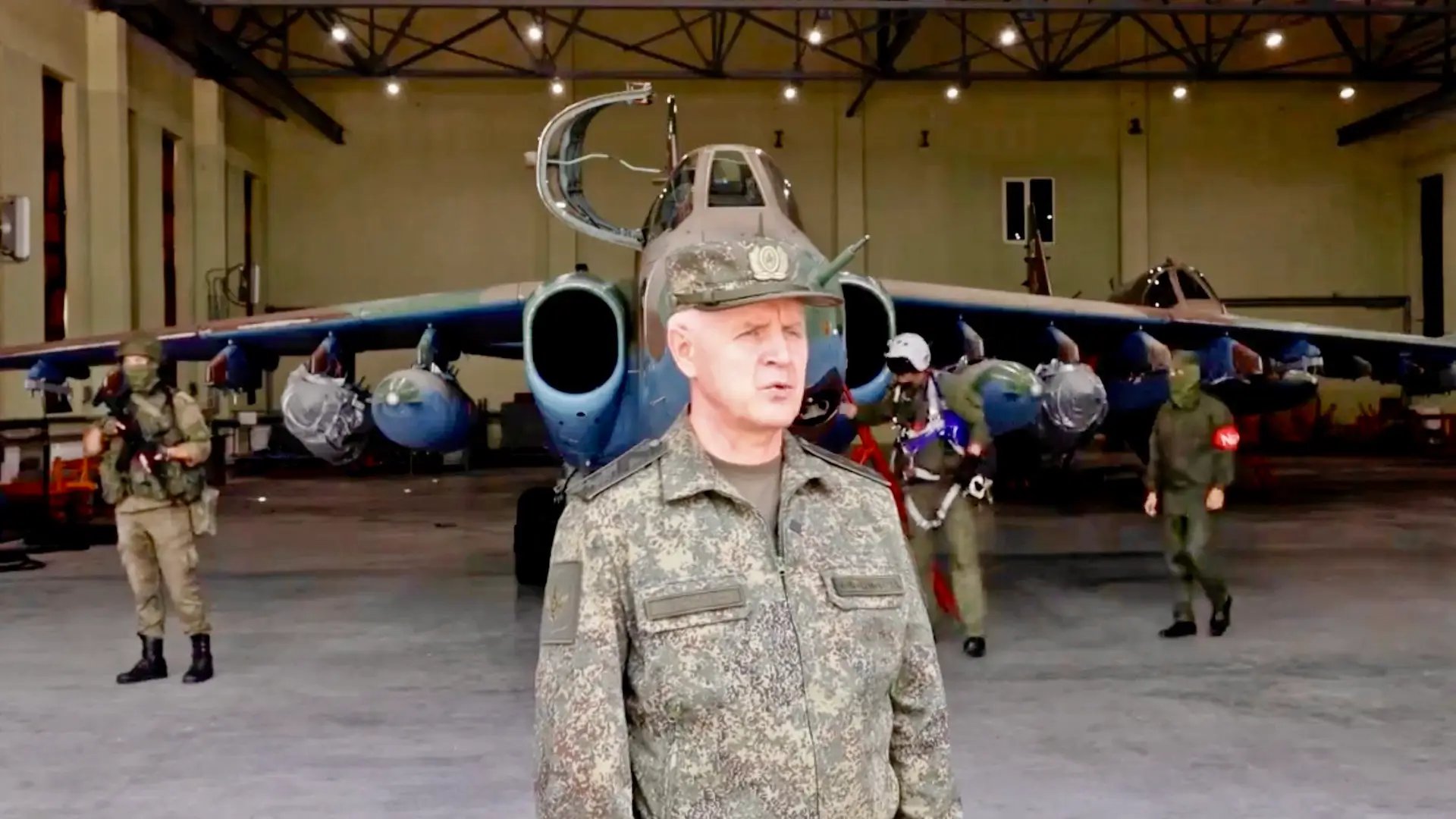A Belarusian Su-25 Frogfoot attack jet has appeared with what Russian authorities say are “training nuclear munitions” loaded under its wings. The appearance of the aircraft coincides with the latest phase of an ongoing joint Russian-Belarusian tactical nuclear weapons exercise. What the jet is actually carrying is unknown, but this is the latest piece of nuclear signaling from Russia that is clearly directed toward the West, as NATO allies continue to back Ukraine, much to Moscow’s chagrin.
The Russian Ministry of Defense published a video earlier today showing a pair of Belarusian Su-25s in a hangar, guarded by armed soldiers. A pilot is seen being strapped into the nearest jet which, as well as a pair of external fuel tanks, is equipped with two underwing stores wrapped in protective coverings to conceal them. The location is not revealed, but it’s likely to be Lida Air Base, home of Belarus’ Frogfoot fleet.
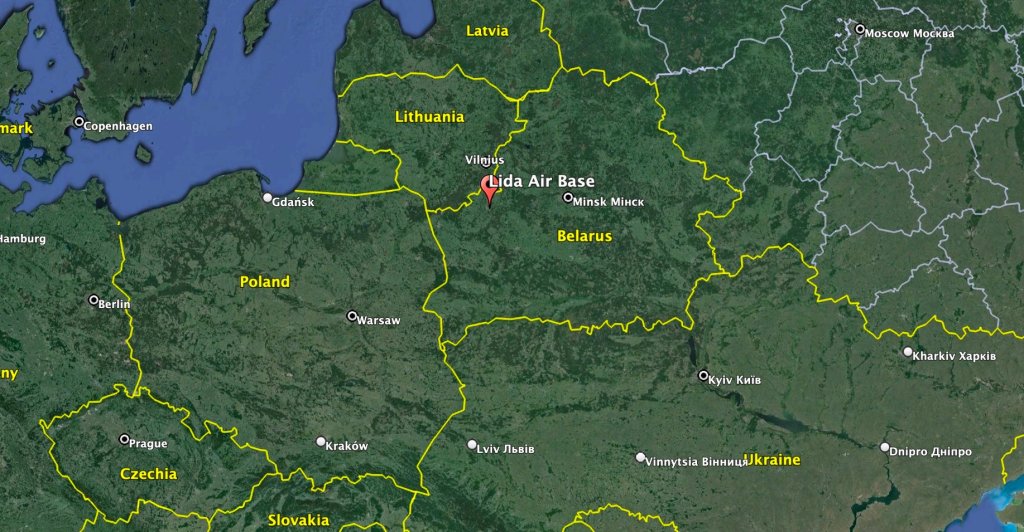
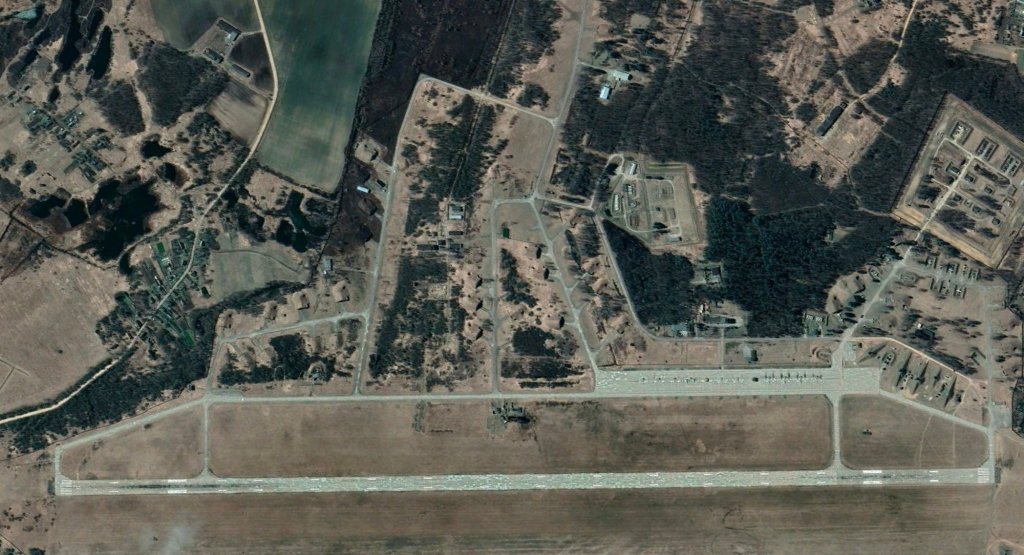
The exact nature of the stores seen loaded on the Su-25, which are deliberately covered, is not clear, as we will come back to later. However, based on the nature of the current Russian-Belarusian maneuvers, previously announced plans for Belarusian combat aircraft to be modified to carry nuclear weapons, and the fact that the video includes an interview with Russian Lt. Gen. Igor Kolesnikov, the statement being made is very clear.
Lt. Gen. Kolesnikov is head of the 12th Main Directorate of the Ministry of Defense, also commonly referred to by its Russian acronym 12th GUMO. The unit deals with the safekeeping, technical maintenance, transportation, delivery, issuance, disposal, etc. of Russian nuclear weapons, both tactical and strategic.
Since the two stores seen under the wing of the Su-25 in the new video have been concealed, it’s impossible to tell exactly what they are, although a statement from Kolesnikov says that they are intended to represent tactical nuclear weapons.
Lt. Gen. Kolesnikov says: “In the course of carrying out the tasks, mobile formations of the 12th Main Directorate of the Russian Ministry of Defense ensured the delivery of training nuclear munitions to the field storage points of the missile brigade’s positioning area and the operational airfield of the attack aviation. Together with their Belarusian colleagues, the preparation and delivery of missiles in special equipment and the suspension of aerial weapons under carrier aircraft were carried out.”
One possibility is that the “training nuclear munitions” could be examples of the IAB-500, a practice bomb that is designed to simulate employing a nuclear weapon, including producing a characteristic mushroom-like cloud. It also has similar external characteristics to real nuclear gravity bombs in Russian service.
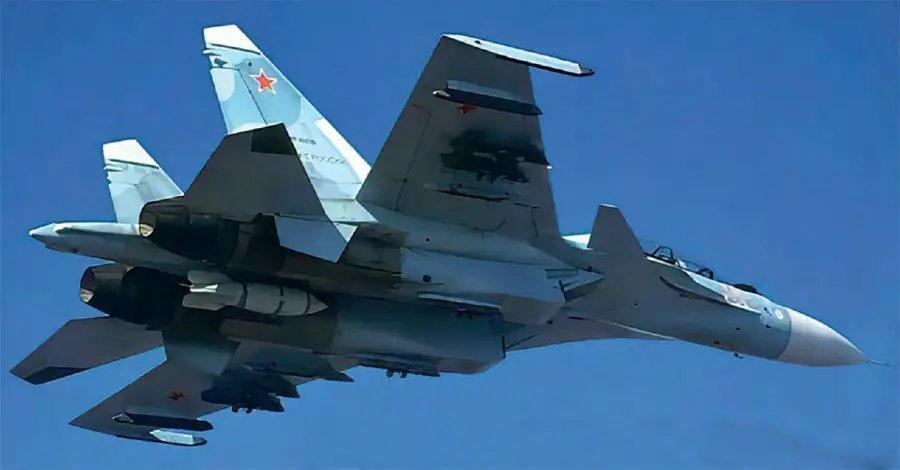
Very little is known about actual Russian air-launched tactical nuclear bombs, but these designs date back from the Cold War and include the RN-40 and RN-41, which were developed for carriage by Soviet-era jets including the MiG-29, Su-24, and Su-27. Soviet Su-25s are understood to have had a nuclear capability, too, although it’s unclear if the aircraft was ever put on alert for this role.
It is worth noting that Belarusian state media has also released imagery of the country’s Su-25s taking part in the Russian-led tactical nuclear drills with their underwing stores blurred out. In at least one instance, the blurring looks to have been applied in error to the aircraft’s drop tanks rather than the bombs next to them, which look to be standard high explosive or cluster munition types. This can only raise questions about the “training nuclear munitions” seen under wraps in the new footage from the Russian Ministry of Defense.
What is known is that Alexander Lukashenko, the president of Belarus and a close ally of Russia, announced in August 2022 that some of his country’s combat aircraft had been modified to carry nuclear weapons.
Initial reports suggested that the long-withdrawn Belarusian Su-24 Fencer strike aircraft had been modified, although it later became clear that it was the Su-25 that was involved. This is somewhat surprising, given that Belarus also operates much more capable Su-30SM Flanker multirole fighters, which could also receive a nuclear capability if required.
As TWZ pointed out at the time, “with a speed of only 590 mph when carrying a modest weapons load, and a range of only around 320 miles on internal fuel, at low altitude, the Frogfoot is far from suitable for nuclear strike — especially against NATO opposition.”
Ahead of Lukashenko’s announcement, the Belarusian government had published a quote from Russian President Vladimir Putin pointing to the option to modify at least some Belarusian Su-25s, although in this case the nuclear mission wasn’t explicitly specified.
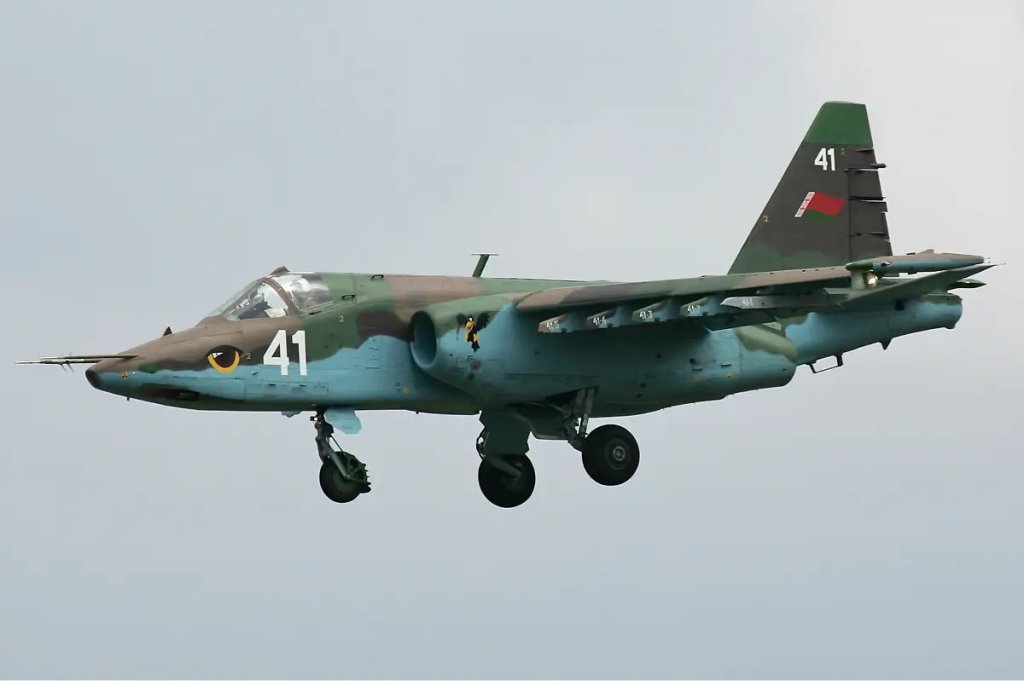
“The Belarusian Armed Forces are armed with a fairly large number of Su-25 aircraft,” Putin reportedly said during talks in St. Petersburg. “They could be retrofitted; however, this modernization should be carried out at Russian aircraft factories (we will agree on how to do that) and start training the flight personnel accordingly.”
As well as the modified Su-25s, in June 2022, Putin also announced the transfer of nuclear-capable Iskander-M short-range ballistic missile systems onto Belarusian territory “in the next few months.”
Putin and Lukashenko have since said that Russia has deployed unspecified tactical nuclear weapons in Belarusian territory.
It is now clear that Russian and Belarusian forces are at least practicing some aspects of the nuclear mission using Belarusian Su-25s. What is less obvious is the degree of training that Belarusian personnel have received in the use of nuclear weapons, with it being a skill that requires considerable time and effort to perfect.
The command and control structure in place around whatever Russian nuclear weapons are in Belarus is also unclear. They are likely held under Russian control and would be released to Belarusian forces only if required. This would be similar to the way that U.S. B61 nuclear bombs stored at bases in Europe can be made available to certain NATO members under the alliance’s nuclear sharing arrangements.
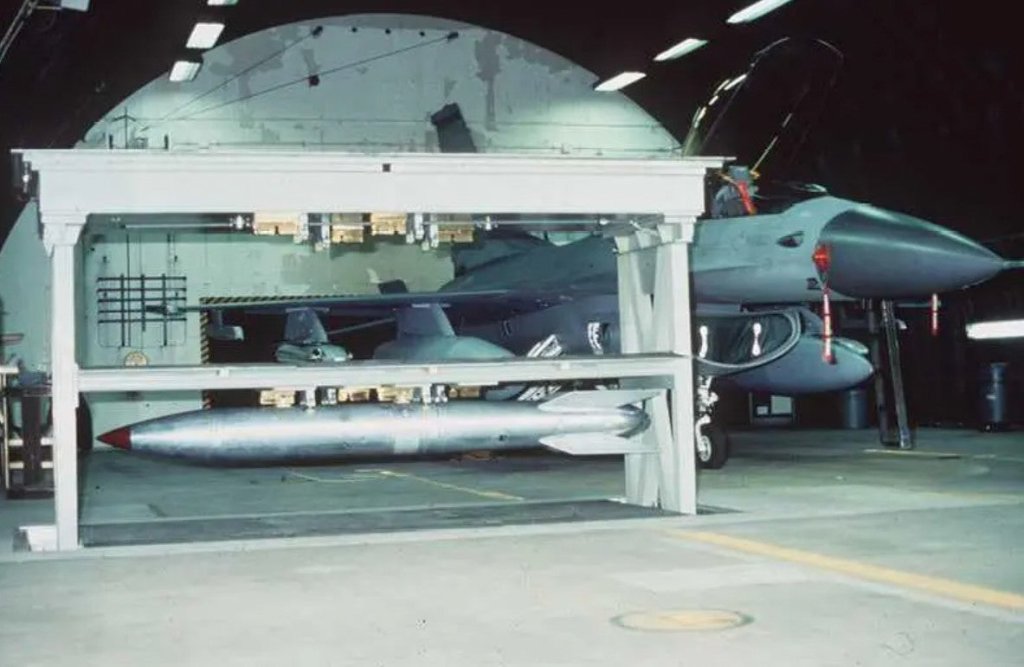
Regardless, hosting of nuclear weapons on Belarusian soil means that they could be brought into action much more quickly and with less warning, but even if they have to first be transported from Russia, the training of Belarusian personnel to use them is significant. Above all, it raises the possibility of Belarus fighting alongside Russia in a potential future nuclear conflict waged against NATO.
The Belarusian decision to join the Russian tactical nuclear warfighting enterprise has been accompanied by some robust rhetoric from Lukashenko.
“It’s not a good idea to escalate things with Belarus because that would be an escalation with the Union State [Russia and Belarus] which has nuclear weapons,” Lukashenko said back in August 2022. “If they start to create problems … the response will be immediate.”
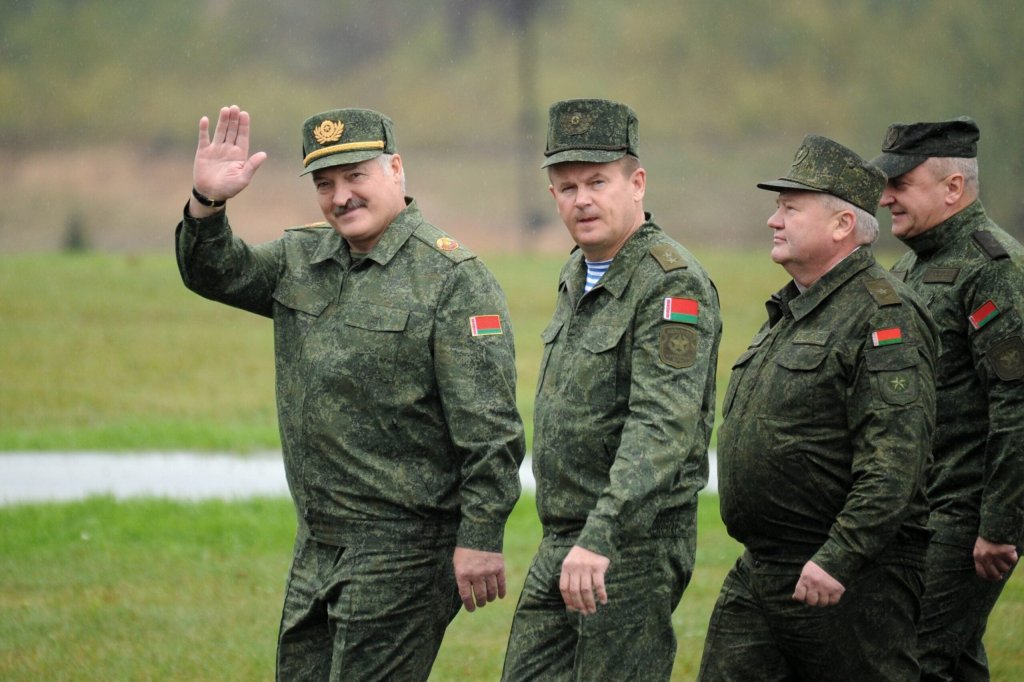
Meanwhile, nuclear developments in Belarus have helped encourage officials in neighboring Poland to consider enteringthe NATO nuclear-sharing program.
With all this in mind, it’s important to remember suggestions that emerged earlier this year, that the baseline threshold for Russia’s employment of tactical nuclear weapons may be significantly lower than previously thought. According to a widely discussed report that appeared in February, such a response might be triggered, for example, by the Russian Navy losing a fifth of its ballistic missile submarines or even three cruisers. TWZ previously interviewed multiple experts about the prospects of the conflict in Ukraine, specifically, going nuclear for a feature you can find here.
Regardless of what the Su-25 is carrying or isn’t carrying in this case, with the war in Ukraine and Moscow’s tensions with the West driving closer ties between Russia and Belarus, it seems that a nuclear capability – if not nuclear weapons – on Belarusian territory will now be a more permanent feature of Europe’s fast-changing security environment.
Contact the author: thomas@thewarzone.com
